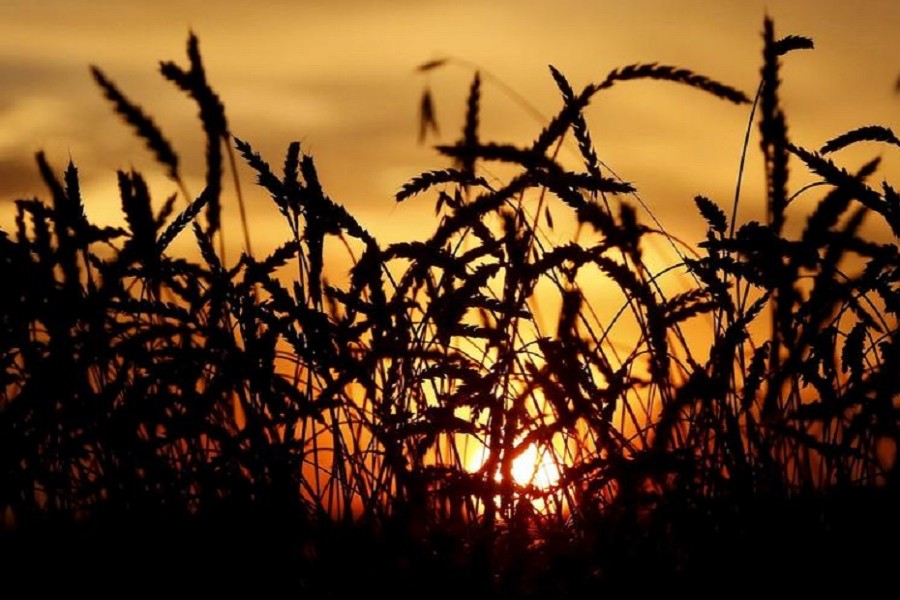
Published :
Updated :

World food prices rose for an eighth consecutive month in January, hitting their highest level since July 2014, led by jumps in cereals, sugar and vegetable oils, the United Nations food agency said on Thursday.
The Food and Agriculture Organization's food price index, which measures monthly changes for a basket of cereals, oilseeds, dairy products, meat and sugar, averaged 113.3 points last month versus an upwardly revised 108.6 in December.
The December figure was previously given as 107.5.
The Rome-based FAO also said in a statement that worldwide cereal harvests remained on course to hit an annual record in 2020, but warned of a sharp fall in stocks and signalled unexpectedly large import demands from China.
FAO's cereal price index climbed 7.1per cent month-on-month in January, led higher by international maize prices, which soared 11.2per cent, some 42.3per cent above their level a year ago, buoyed in part by purchases by China and lower-than-expected U.S. production.
Wheat prices increased 6.8per cent, driven by strong global demand and expectations of reduced sales by Russia when its wheat export duty doubles in March 2021, FAO said.
Sugar prices jumped 8.1per cent, with worries about worsening crop prospects in the European Union, Russia and Thailand, and dry weather conditions in South America, pushing up import demand.
The vegetable oil price index increased 5.8per cent to reach its highest level since May 2012, pushed up in part by lower-than-expected palm oil production in Indonesia and Malaysia due in part to heavy rainfall. A rise in soyoil prices was fuelled by reduced export opportunities and prolonged strikes in Argentina.
Dairy prices rose 1.6per cent, underpinned by heavy Chinese purchases ahead of the upcoming New Year holiday.
The meat index posted a 1.0per cent gain, led by brisk imports of poultry, especially from Brazil, amid avian influenza outbreaks that have hampered exports from several European countries.
FAO revised up its forecast for the 2020 cereal season to 2.744 billion tonnes from a previous estimate of 2.742 billion tonnes made in December, with both wheat and rice yields seen rising. The forecast for coarse grains production was trimmed because of reduced prospects for the United States and Ukraine.
"Looking ahead to 2021 cereal output, early production prospects for winter wheat crops in the northern hemisphere indicate a modest increase this year," FAO said.
The U.N. agency said China was importing unexpectedly large quantities of maize this season, which was having a significant knock-on impact on estimates for world utilisation and stocks.
The forecast for world cereal utilisation in 2020/21 was put at 2.761 billion tonnes against a previous estimate of 2.744 billion, while the forecast for world cereal stocks was pegged at 802 million tonnes down from a previous 866.4 million tonnes.
"At this level, the world stocks-to-use ratio of cereals would decline from 29.7 per cent in 2019/20 to 28.3 per cent in 2020/21, marking a seven-year low," FAO said.
It said the contraction stemmed largely from "a massive downward adjustment" to maize inventories in China.
The FAO forecast for world cereal trade in 2020/21 was hiked by 10.6 million tonnes to 465.2 million tonnes -- a projected 5.7per cent rise on the previous season's record high. Trade in all major cereals was expected to climb, the agency said.


 For all latest news, follow The Financial Express Google News channel.
For all latest news, follow The Financial Express Google News channel.